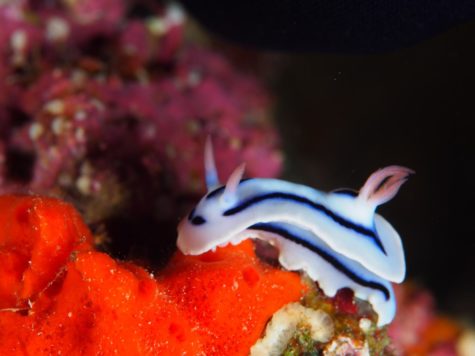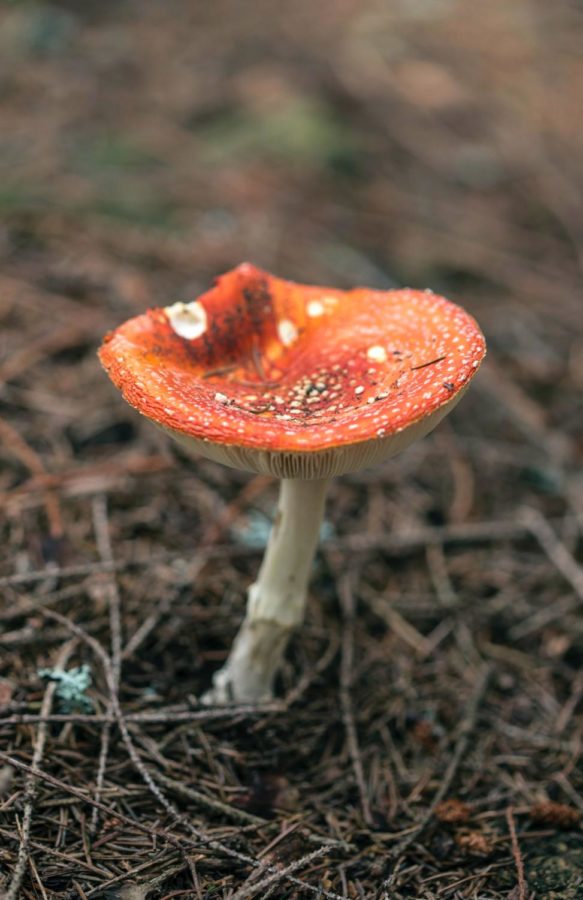Where Do the Toxins in Mushrooms Come From?
Mushrooms of different genomes share the same deadly toxin. Scientists realize that horizontal gene transfer may be responsible for the development of these deadly mushrooms.
The Amanita muscaria is a toxic mushroom of the same Amanita genus as the Deadly Dapperling, the Funeral Bell, and the Destroying Angel, and it is widely known as the mushroom in the Super Mario video game series.
Horizontal gene transfer sounds like a modern discovery in bioengineering. As it turns out, it is a completely natural process and has been taking place for years within the environmental world. Think about flu shots and how they’re administered each year. Bacteria have long been using some sort of genetic mutation process to quickly acquire beneficial genes and discard insignificant genes. Consequently, bacteria become immune to antibiotics through antigenic drift or antigenic shift, a process similar to horizontal gene transfer, except that it occurs individually. This explains why scientists must develop a new influenza vaccine every year — to administer new antibiotics that can combat the changed bacteria.
So how are mushrooms involved? Earlier this month, scientists discovered three distantly related mushrooms from three different fungal groups (genera) that all magically produce the same deadly toxin: a-amanitin. These mushrooms — the destroying angel, the deadly dapperling, and the funeral bell — acquired the same deadly toxicity by sharing the genetics of a deceased mushroom. This swift transfer of genetics is more common in single-celled bacteria, so it was shocking for scientists to find that this process could also be found in multicellular organisms, like mushrooms.
At a first glance, one might not find this discovery surprising, since mushrooms are fungi, and fungi behave much differently from plants. Long ago, scientists considered mushrooms to be in the plant kingdom because they reproduced by fruiting and sporing, were relatively immobile organisms, and because they took nutrients from the ground. However, mushrooms were classified as their own kingdom when researchers realized that structurally, mushrooms were very different from plants. Mushrooms don’t photosynthesize and unlike plants, mushrooms are the reproductive structure of their own fungus.
Horizontal gene transfer was found in other multicellular organisms as well. Frogs took genetic information from snakes, blurring the line between predator and prey. Scientists suspect that a parasite in the Madagascan region is responsible for the transfer of the Bovine-B gene from the snake to the frog. There are supposedly at least 50 known instances of this gene transfer found in the last 85 million years, and some suspect that it may have potentially transferred to humans some time in history. Another case is when they discovered that a sea slug invertebrate stole chloroplasts from its food source to be able to photosynthesize.

(Swanson Chan / Unsplash)
Why would organisms want to transfer genetics this way? Simply put, it is faster than waiting for genetics to be acquired. Sometimes, horizontal gene transfer doesn’t require a direct partner, and can be transferred by an outside donor like the parasite to the frog and snake. They don’t have to wait for natural selection to determine what traits an organism can find useful.
Will natural transformation be stopped? Natural transformation probably will not be stopped without outside interference, since hormonal gene transfer is a small portion of reproduction that occurs within limited organisms. Horizontal gene transfer is a rather rare case of genetic movement, because it requires certain conditions and, so far, can only be seen by smaller or single celled organisms. It is safe to say that it will be difficult to see just a cat and a cow merge genetic information, not unless it is done without a specific parasite or an outside organism’s help.
Scientists know that horizontal gene transfer occurs, because it is the only explanation for the shared genes among organisms of different branches of life, but how the process is performed is unknown. This is a matter that requires future research to discover the method as to how genes are transferred. Scientists look forward to what this discovery can bring to the future of bioengineering.
Earlier this month, scientists discovered three distantly related mushrooms from three different fungal groups (genera) that all magically produce the same deadly toxin: a-amanitin. These mushrooms — the destroying angel, the deadly dapperling, and the funeral bell — acquired the same deadly toxicity by sharing the genetics of a deceased mushroom. This swift transfer of genetics is more common in single-celled bacteria, so it was shocking for scientists to find that this process could also be found in multicellular organisms, like mushrooms.
Ashley Lim is a Copy Chief for 'The Observatory' yearbook. She finds journalism to be a brilliant form of writing that reaches readers in an informative,...











